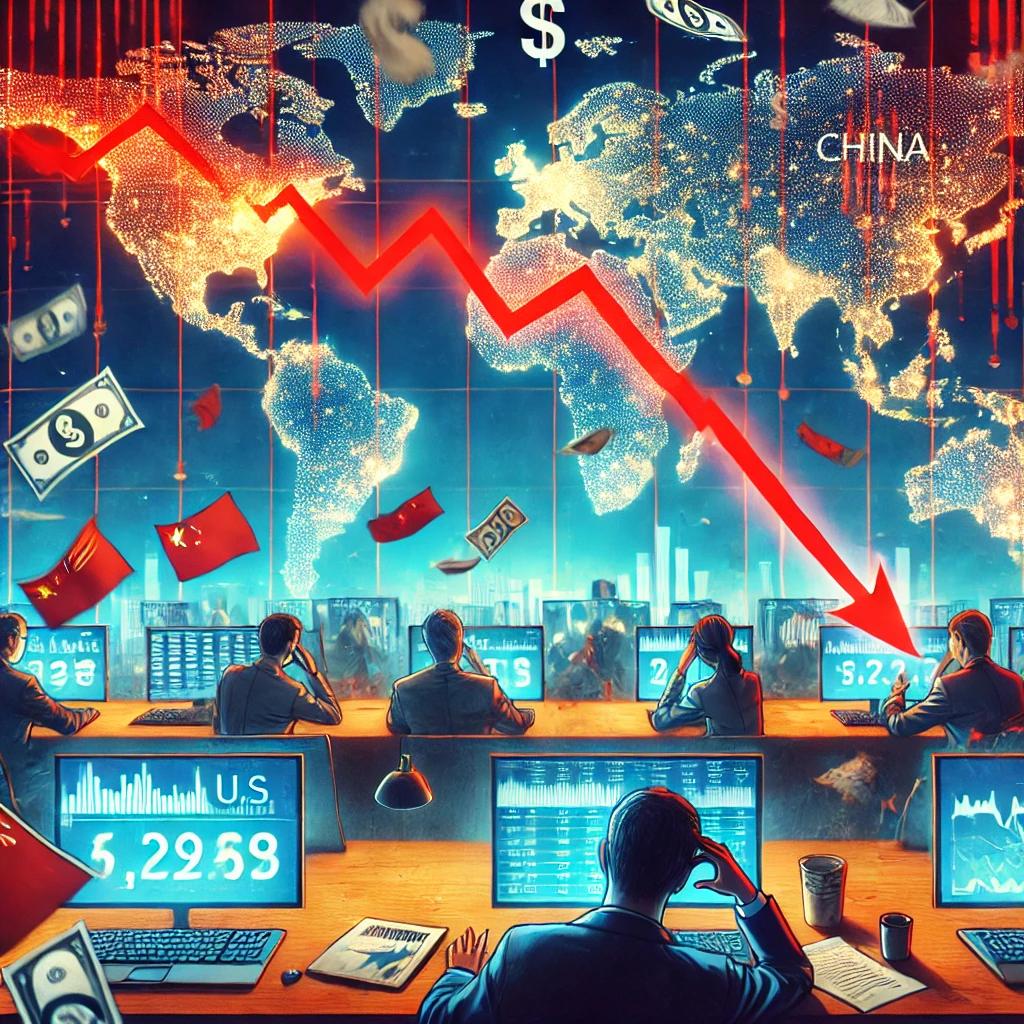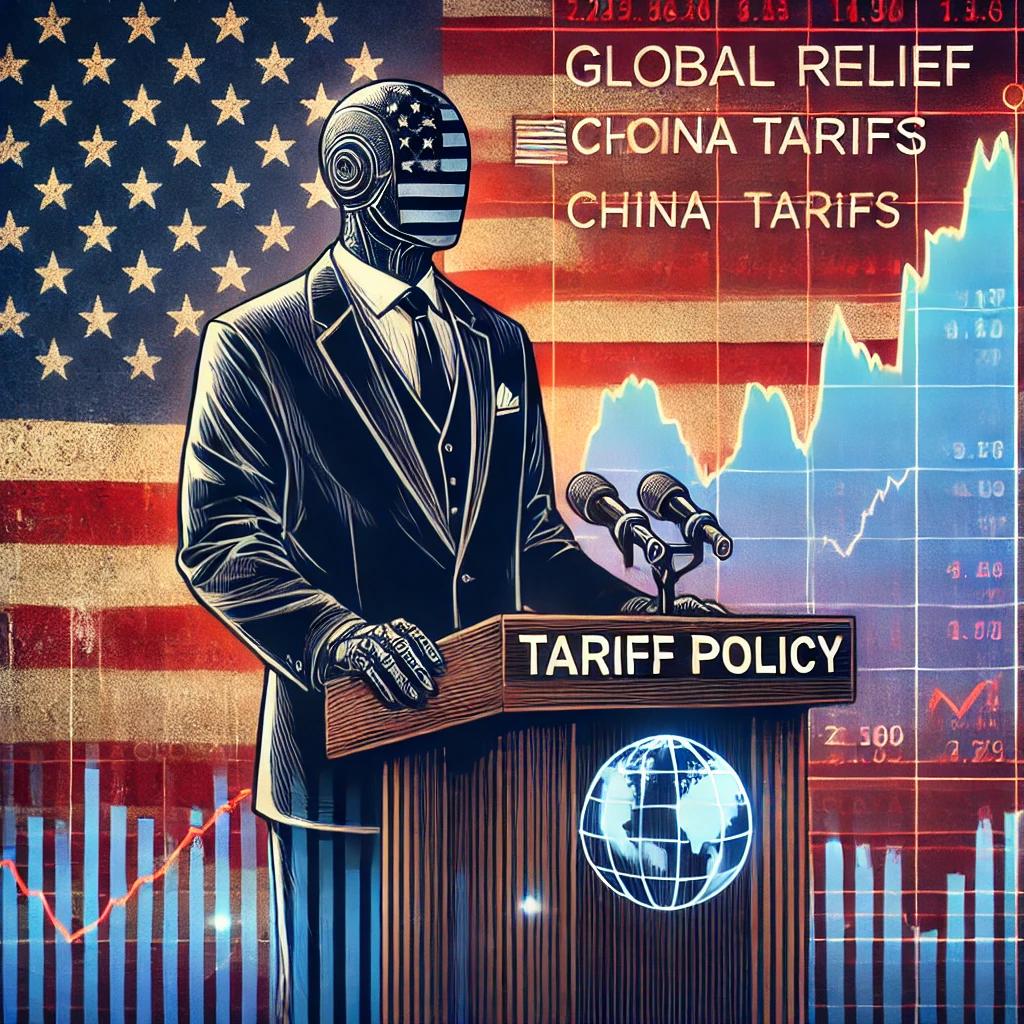While global markets cheered a short-term tariff reprieve, U.S.-China tensions flared with sharp new duties and retaliation.
A Temporary Relief: 90-Day Tariff Pause Announced
On April 9, 2025, President Donald Trump introduced a 90-day tariff pause for most countries. Instead of existing rates, a flat 10% baseline tariff was applied.
This move triggered a dramatic stock market rally. The S&P 500 jumped 5.6%, while the Nasdaq soared over 8%, marking its biggest single-day gain since World War II (theguardian.com).
China Hit Hard: Tariffs Raised to 125%
Despite easing tariffs globally, Trump raised tariffs on Chinese goods to a staggering 125%. He cited China’s “economic aggression” as the cause.
In retaliation, China hiked its tariffs on U.S. goods from 34% to 84%. This tit-for-tat exchange escalated trade tensions sharply. Analysts warned the growing conflict could severely damage global supply chains (apnews.com).

Markets React: Stocks Up in U.S., But Volatility Abroad
Though U.S. markets climbed, European and Asian exchanges tumbled. The Australian Stock Exchange fell nearly 2% after a short-lived rebound.
Wall Street saw mixed signals. The Dow dropped more than 4,500 points over four days. Nasdaq plunged 13% due to fears of a prolonged trade war (news.com.au).
Why the Pause May Last Longer Than Expected
Economist Paul Ashworth of Capital Economics believes the 90-day pause might become permanent. He suggested Trump may use repeated extensions to implement his campaign proposal—a universal 10% tariff (wsj.com).
Ashworth noted that even if minor deals emerge, major U.S.-China trade policies are unlikely to shift significantly.
Europe and China Respond with Countermeasures
China’s new 84% tariff targets American agricultural exports. U.S. farmers, who depend on access to China’s market, may take a major hit.
Simultaneously, the European Union imposed €21 billion in tariffs on U.S. goods, many from Republican-leaning states. Germany’s coalition government also unveiled new policies to stabilize its economy amid trade uncertainty (theguardian.com).
Final Thoughts: A Trade War With No Clear End
Despite Trump’s global tariff pause, the spotlight remains on China. Tariffs on low-value Chinese packages—like those from Shein or Temu—are also set to rise to 90% by June.
While negotiations are still possible, both Washington and Beijing appear unwilling to blink. The result? Heightened uncertainty for global markets and a risk of prolonged economic disruption.


